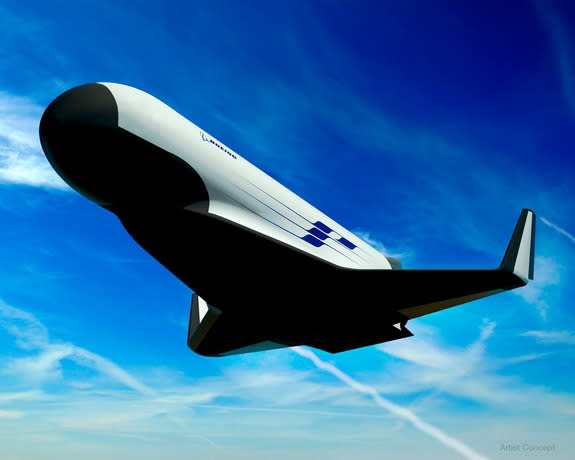Jura The idiot
General
The US is capable of having both.
For decades they had the Tomahawk and the Harpoon, even when the ASM Tomahawk was deployed.
...
thanks for reminding me about
(quote from wiki)
I was searching the net for reasons of the withdrawal, found:
inAs a young TLAM engagement officer, I recall that doctrine for its employment was rather squishy and we tended to either wish away or just ignore the over-the-horizon targeting problem which would be required to successfully employ this missile at its maximum range of more than 200 NM, especially if neutral shipping was present. Complicating the targeting problem was the weapon’s early 70’s era Harpoon active radar seeker and subsonic speed, which would enable an enemy ship traveling at thirty knots to move more than twelve miles from when the TASM was launched. Because of these limitations, the TASM was withdrawn from the fleet later in the 1990s.
where further down the author goes on more optimistically:
etc.... the new "TASM" will use advanced targeting features including ESM and an Active Electronically Scanned Millimeter wave radar seeker. More important is the two-way UHF SATCOM data link which will allow for cueing and updated tracking of targets in conjunction with , manned ISR, or SOF during the missile's long flight. These improvements will mitigate some of the challenges in firing the missiles over-the-horizon, especially against targets in crowded litoral seas. Also critical is the flexibility of these missiles to still be employed in their traditional strike mission, saving space in surface and sub VLS magazines.


